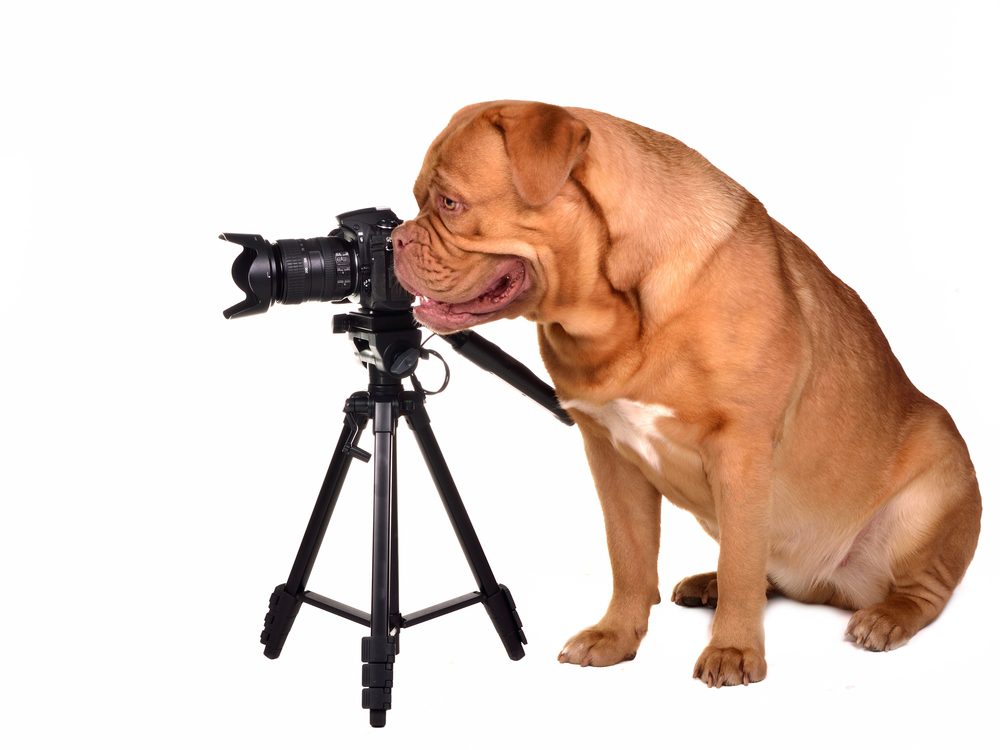
Pets are a big part of our families. According to the ASPCA, up to 47 percent of all households in America house at least one pet. It’s also no surprise that estimates put pet-related consumer spending at more than $60 billion for 2015. That fluffy kitty or klutzy pup is considered part of the family and also part of the economy. Pet insurance, television stations dedicated to dogs, pet electronics and even gadgets and specialty products dedicated to pet health all drive funds into the marketplace.
Lights, Camera, Action
[dropcap]Let’s[/dropcap] face it – for most of us, our pets are actually furry children. And just like our kids without fur, we are always looking for opportunities to record their life and share those adorable photos with friends and family.
But pets can be difficult subjects. How do you take a picture of your pet that will show its true personality and forever freeze the special moment?
The following are some tips to help you put your best paw forward when it comes to photographing your pets like a pro.
1. The first step – your pet’s personality. Capture your pet’s personality. If your dog or cat is on the lazy side, center your attention around its favorite place to relax. However, if your pet is active, you will probably want to go outside or to a favorite interior play area.
2. Be playful. Instead of attempting to force your pet into a pose, you will most likely have more success if you center your shots on their individual playfulness. Include their toys and tricks. Make picture taking a fun experience for both of you.
3. Get up close and personal. Keep your pet the center of attention by getting in close (don’t just use the zoom lens). Try to get down on their level where you can look them in the eye. Get an idea of what life looks like from their perspective. You will be certain to capture much more of your pet’s detail and personality.
4. Use natural light. Turn off the flash and use available light whenever possible. A flash can distract or even frighten pets – it is also likely to create red-eye problems. In most cases, natural light is a much better option. Shoot outside or next to a sunny, interior window.
5. Location, location, location. Choose a place where your pet will be comfortable and at ease. Home is always a familiar place, but also consider a remote location where you have spent memorable times together. Remember that the best background is normally a simple one. You don’t want anything to distract from the center of attention – your pet.
6. Include people. Include your pet’s special people in some of your shots. Family members tend to bring out the best in your pet, and you will be creating cherished memories for everyone involved.
7. Freeze – or at least hold still for a minute. Active pets present a challenge for both the novice and professional photographer. Freeze the action by using a fast shutter speed in full manual mode. For the average, amateur photographer, try using your camera’s sports mode. Experiment shooting in continuous (burst) mode to take a quick series of shots.
8. Try a treat. Want your pet to turn his/her head a certain way? Try holding a favorite treat in the general direction of choice.
9. Catch them unaware. It can be both fun and successful when your pet is totally unaware that you are creeping on him with your camera. The shots turn out very natural – your pet, undistracted, just being himself.
10. Be patient. It pays to wait for the right expression to unfold. Always have your camera ready – you never know when that prize photo will be taken.






















